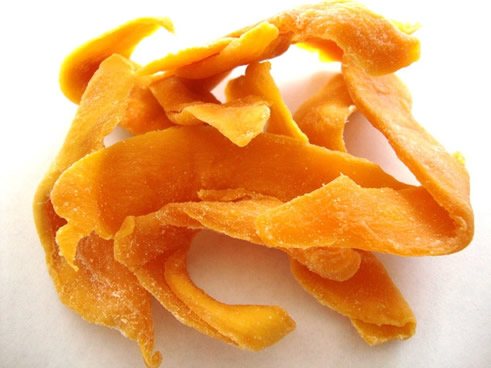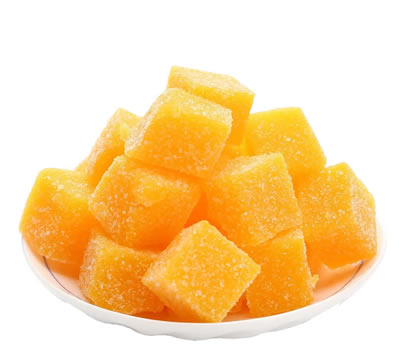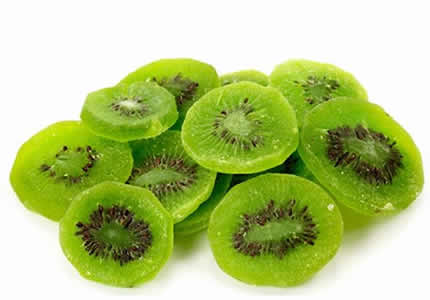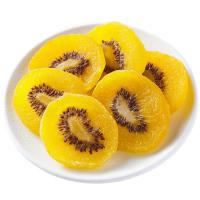
Mango fruits or fruit pieces that have been dehydrated are called dried mangoes. There are several different ways through which this dehydration happens, and a number of different reasons for it, too. Most of the time, mangoes are dried as a means of preservation. Dried sections or slices are usually non-perishable and can be enjoyed as a snack long after fresh mangoes have gone out of season.
Dried fruits like mangoes are commonly eaten on their own, but can also be used in baking, as an addition to cereals or salads, or as an ice cream topping. Trail mixes and granola may also feature dried snacks like mango. Mango is usually an inexpensive way to add a taste of the tropics to a variety of dishes.
There are two main styles of dried mangoes and three primary dehydration techniques. As far as the fruit is concerned, it is usually either raw or sweetened. Sweetened dried mangoes have had sugar or other fruit juices added to improve their taste and often also to help the fruits retain their color during drying.
Most of the time, dried mangoes are made with commercial dehydrators. These are pressure chambers where temperature and relative humidity are tightly controlled. When fresh mango slices are placed in this kind of environment, the water in them slowly evaporates and is absorbed into the chamber. The result is a pliable, dried mango that is ready for packaging.
Commercial dehydration is usually considered an innovation on traditional drying methods, which often involved little more than the sun.
Mangoes are tropical fruits that grow naturally in the hot climates of Southeast Asia. They also grow well in parts of South America and Australia.
Originally, farmers in mango-rich communities would preserve the fruit by drying thin slices of it on wooden planks facing the sun. This method is still used in some parts of the world, though larger operations usually invest in industrial drying machines, both for hygiene and efficiency.
Freeze-drying will also yield dried mangoes. The process of freeze-drying involves quickly freezing mangoes in a pressurized vacuum chamber. Once the fruit’s water molecules freeze, they are sublimated, becoming vapor and leaving a perfectly preserved fruit without most of the wrinkling and warping characteristic of traditional dehydration. There is no need for continued freezing or refrigeration once the process is complete, and the mangoes are ready for immediate sale, distribution, or consumption as non-perishable foods.
It is usually possible to freeze-dry an entire mango. This is not common, however, primarily because of the mango’s large, oblong pit. Almost all dehydrated fruits are prepared as ready-to-eat snacks, which means that seeds and peels must be removed in advance.
No matter how involved the drying process is, dried mangoes are only rarely considered processed foods. That term is usually reserved for foods that have a very high chemical component or that stay fresh without refrigeration only because of additives. Dried foods like mangoes stay fresh on their own. Manufactures will often add sugar compounds or chemicals to help boost the dehydrated foods’ appearance, but this is not usually considered processing.
Xi'an Forward Trading Company is processors, packagers and distributors of dried Mango we have established long business cooperation with 36 dried Mango planters, covering150hectare of dried Mango orchards in guangxi Province, China. If you are intrested in dried Mango and would like to lean more, welcome to contact us @ email: sales@driedfruitsnack.com and WhatsApp: +8613991488775.












